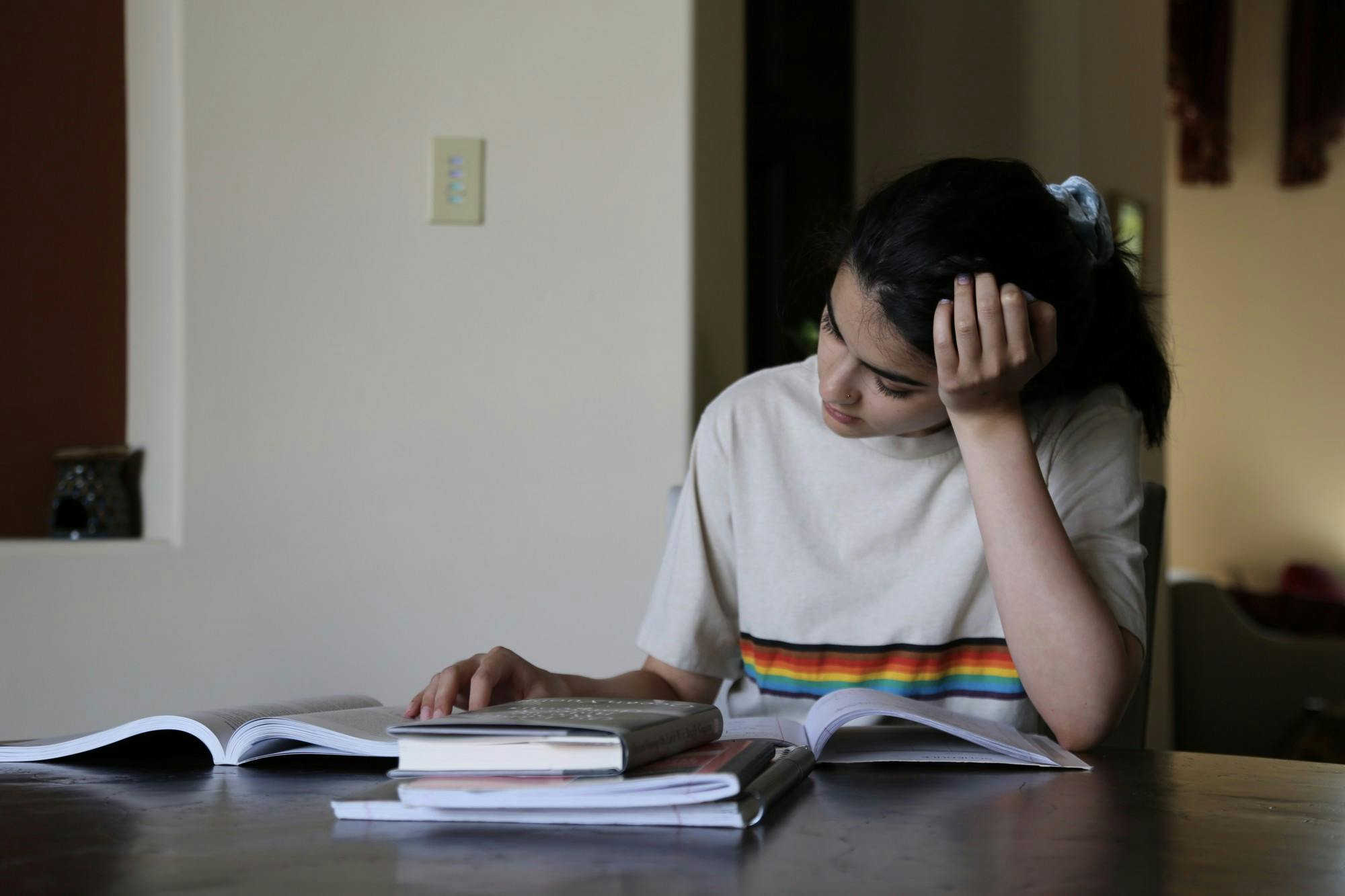With the transition to remote learning and credit/no credit grading for the spring term, 63 percent of students are taking four courses rather than three this term, according to a survey conducted by The Dartmouth.
In an email to The Dartmouth, College registrar Meredith Braz confirmed that “more students than usual” are currently enrolled in four courses. She added that students can drop courses until May 11 and withdraw from courses until May 20, so specific numbers are likely to change.
By class year, just 33 percent of survey respondents in the Class of 2020 indicated that they were taking four classes this term, compared to an average of 72 percent across juniors, sophomores and freshmen. A total of almost 570 people responded to the survey between April 14 and 18.

In a survey question asking whether the circumstances — including credit/no credit, remote classes and personal or family situation — of COVID-19 affected course selection, 41 percent said that they chose to take more classes due to the term’s circumstances, while 17 percent said that the changes to term had no impact on their course selection. Additionally, nine percent said that at least one of their classes was canceled due to COVID-19 circumstances.
Grace Lu ’23 said that she chose to take four courses to further explore her academic interests. She said that she chose to take an extra course because she thought that she was going to be “bored” at home, and she also wanted to use the time to figure out what she wants to major in.
“I was thinking about majoring in cognitive science, neuroscience or psychology,” Lu said. “I decided to add on a psychology course this term so I can figure out what I’m interested in, maybe even by the end of the term.”
Twenty-five percent of survey respondents said that due to the term’s format, they enrolled in more difficult courses. Anahita Kodali ’23 said that because classes this term are being graded on a credit/no credit scale, she decided to take ECON 1, “The Price System: Analysis, Problems and Policies” — a class that she said would have otherwise “killed” her grade point average.
Student opinions varied when surveyed about the difficulty of their classes this term: 40 percent of students indicated that their classes this term required the same amount of effort compared to an on-campus term, while 33 percent indicated that they required more effort and 27 percent indicated that their courses required less effort.

Some students have found their workloads to require a larger time commitment. Nicole Evans ’22, who is taking four classes, said that despite the transition to remote learning, all of her classes are “very time-consuming.”
“Even for pass/fail, it almost feels like my classes are more work,” Evans said, adding that “[i]t’s been a little hard to find motivation when I’m at home.”
Additionally, some students had to adjust their course schedule due to class cancellations. Nik Morgan ’23 said that she struggled to find classes that interested her after a class that she had originally planned to take, HIST 8.01, “Body Parts, Body Wholes: An Introduction to the Comparative History of Medicine,” was canceled.
“Since add/drop crashed and every class filled up, I am stuck in classes I did not want to take,” Morgan said. “I was boxed out of being able to fulfill major prerequisites.”
In response to student demand, some classes expanded their enrollment caps this term. Computer science professor Devin Balkcom said that his COSC 1, “Introduction to Programming and Computation” course expanded its enrollment cap from 190 to 300 students in light of the transition to remote learning. Balkcom added that in response to increased enrollment, he also increased the number of student section leaders in his class.
“Because the term is so unusual, I wanted to reduce the ratio of section leaders to students, so we now have 60 section leaders,” Balkcom said. “It’s an army to organize, but this way we can maintain the same degree of hands-on help like in a normal term.”
Similarly, biological sciences department chair Thomas Jack said that a number of courses in the biology department saw their enrollments “go up fairly dramatically.”
Jack said that most courses — especially introduction and intermediate level courses — removed or increased enrollment caps. Some upper-level seminar courses chose to maintain caps because professors “felt [size] was important with how they taught their courses.”
In contrast, economics department chair Nina Pavcnik said that most economics courses maintained their enrollment caps in spite of increased demand. She said that while additional students wanted to enroll in economics courses after credit/no credit grading was announced, the department was not willing to increase most enrollment caps, as they wanted to maintain the “same level of interaction” between faculty and students.
From April 14 to April 18, The Dartmouth fielded an online survey of Dartmouth undergraduate students asking about their course-load for the spring term. The survey was sent out to 4655 students through their Dartmouth email addresses. Five hundred and sixty nine responses were recorded, resulting in an 12.2 percent response rate with a margin of error of +/- 3.8 percentage points. Using administrative data from the College’s Office of Institutional Research, responses were weighted by race/ethnicity, gender and graduation year. Weighting was done through iterative post-stratification (raking).



